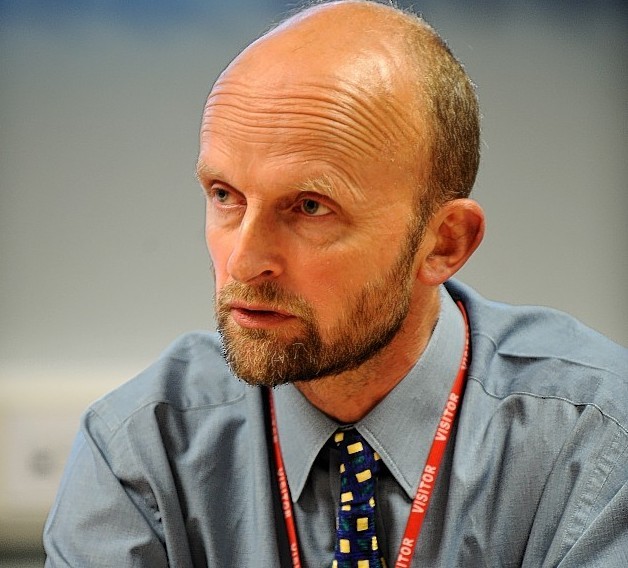A former police area commander in the north has led fresh calls to stop the planned closure of emergency call centres in Inverness and Aberdeen.
Matthew Reiss, who led policing in Caithness, Sutherland and East Ross area, claimed that having the local control rooms “saved lives” and said the public must not be put at risk.
He claimed that in the past fortnight an officer was dispatched 40 miles in the wrong direction in the west Highlands because of misinformation relayed by a police call-handling centre.
The retired officer, who now represents Landward Caithness, said local knowledge must be retained.
Council colleagues Laurie Fraser – who serves as Nairn provost – and Councillor Alister Mackinnon – both of whom are also retired police officers – have echoed his concerns.
Last night, all three urged Police Scotland to think again on the closures
It comes as an inquiry gets underway into the recent tragedy in which officers failed to respond to a fatal car crash on the M9 until three days after it was reported by a passerby.
Plans are in place to handle the calls from north and north east through a new centre in Dundee by spring next year,
Councillor Reiss said: “I don’t think people would mind paying more to maintain the existing centres, because they save lives.
“As technology gets better and can pinpoint where you’re calling from, a certain amount of risk reduces. But as you lose local knowledge the risk increases.”
He said issues including the controversial routine arming of police had impacted on public confidence and police recruitment.
Provost Laurie Fraser served with the police in London, Hong Kong and the Highlands for 15 years while and Dingwall and Seaforth councillor Alister Mackinnon, served as a special constable for 30 years.
Mr Mackinnon said: “People are now reluctant to phone 101. As a result, the police are losing out on valuable local knowledge in tackling crime.”
An spokesman for the Scottish Police Authority said: “SPA supports and welcomes the independent HMICS review of call handling now underway. SPA will ensure that any findings which may have implications for the existing programme will be carefully considered before any final decisions on the remaining phases of call handling reform are made.”
“Further phases of call handling reform are scheduled to be progressed by the end of the financial year. As with previous phases, these change proposals are subject to the approval of the SPA twice – both before consultation can begin, and after consultation with staff has concluded. Subject to approval, consultation will take some months and this will allow for any proposals from staff groups, and the HMICS findings, to be fully considered.
Assistant Chief Constable Val Thomson insisted that “local policing remains at the heart of Police Scotland,” and promised further “rigorous consultation” with councils in the north.
